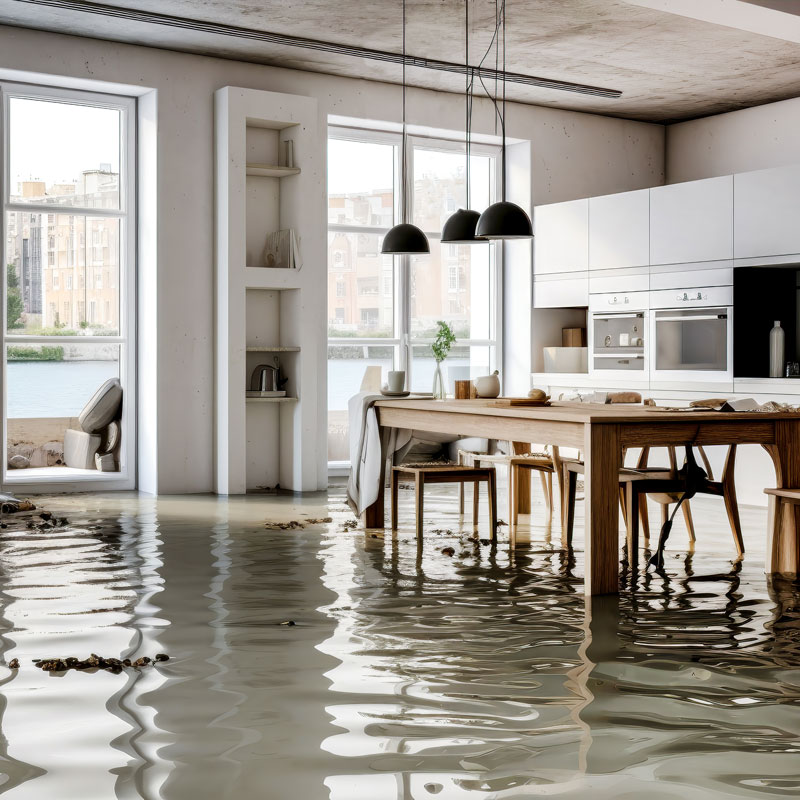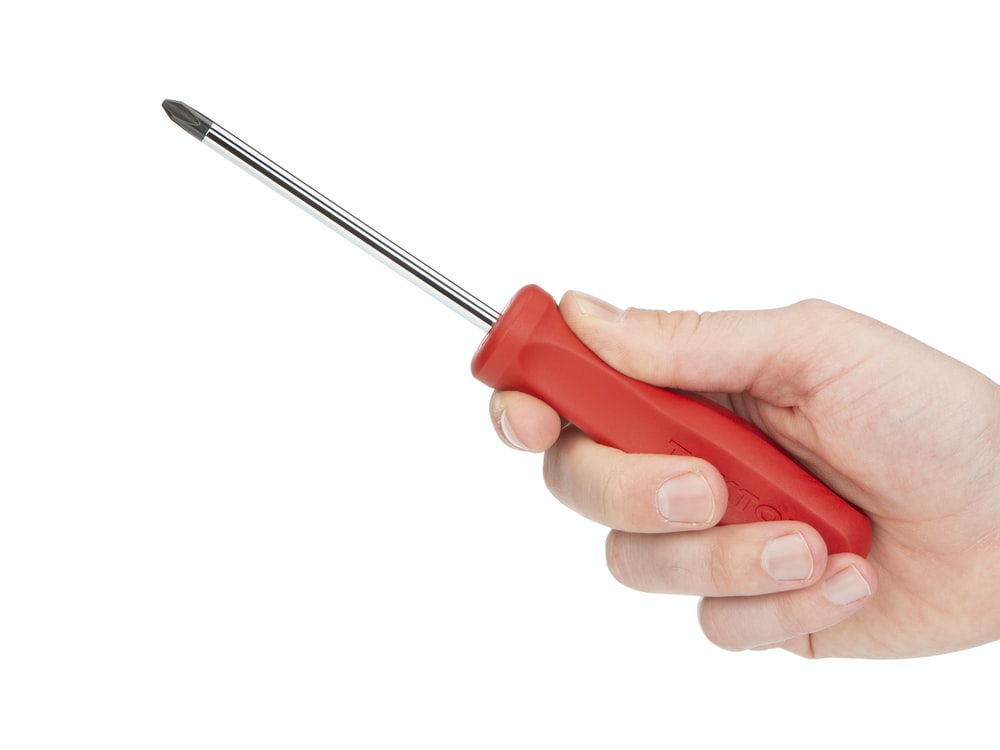Key Takeaways:
- Water damage can occur due to natural disasters, plumbing issues, and inadequate ventilation.
- There are three types of water damage: clean water, grey water, and black water.
- Signs of water damage include discoloration, peeling paint, musty odors, and visible mold growth.
- Immediate water removal is crucial to prevent further damage and mold growth.
- Mold and mildew growth can pose serious health risks and should be prevented through prompt water removal.
- Delayed water removal can cause structural damage and costly repairs.
- Hiring professional water removal experts ensures expertise, speed, efficiency, and mold prevention.
- Water extraction and drying involve assessment, water extraction, and the use of specialized equipment.
- Advanced techniques and equipment used for water removal include moisture meters, infrared cameras, air movers, and dehumidifiers.
- Flood damage cleanup requires assessing the extent of damage, cleaning and sanitizing affected areas, and restoring the property.
- Cleaning and sanitizing methods include water extraction, disinfection, and content cleaning.
- Restoration and repair after a flood may involve structural repairs, mold remediation, and reconstruction.
Understanding Water Damage
Water damage is a common and potentially devastating problem that can affect any property, whether it’s residential or commercial. Understanding the causes, types, and signs of water damage is crucial for prompt detection and mitigation.
1. The Causes of Water Damage
Water damage can occur due to a wide range of causes, including natural disasters such as heavy rainfall, floods, hurricanes, or plumbing issues like burst pipes, leaking appliances, or faulty plumbing systems. It can also result from inadequate ventilation and insulation, which leads to condensation and moisture buildup over time.
It’s important to identify the cause of water damage to take appropriate measures for prevention and restoration. Regular maintenance, inspections, and addressing any potential water-related issues promptly can help minimize the risk of severe damage.
2. The Different Types of Water Damage
There are three main categories of water damage, each requiring specific treatment and cleanup methods:
– Clean Water Damage: This type of damage occurs when water comes from a clean source, such as a broken pipe or overflowing sink. Although this water may initially appear harmless, it can still cause significant damage if left unaddressed.
– Grey Water Damage: Grey water damage involves water that may contain contaminants but doesn’t pose an immediate health risk. This includes water from showers, dishwashers, or washing machines. Prompt cleanup and disinfection are essential to prevent the growth of harmful bacteria and mold.
– Black Water Damage: Black water damage is the most severe type, involving water that contains hazardous substances, including sewage, chemicals, or bacteria. It can result from sewage backups or flooding. Professional expertise and specialized equipment are necessary to safely remove and clean up black water damage.
3. Recognizing the Signs of Water Damage
Recognizing the signs of water damage is crucial for early detection and can save you from extensive property damage and costly repairs. Some common signs of water damage include:
– Discoloration or staining on ceilings, walls, or floors.
– Peeling or bubbling paint or wallpaper.
– Warped or sagging floors.
– Musty or moldy odors.
– Visible mold growth.
– Damp or wet areas, especially in basements or crawl spaces.
It’s important not to overlook these signs and promptly investigate any unusual changes to your property’s appearance or smell. Early intervention can prevent further damage and potential health hazards.
The Importance of Immediate Water Removal
When water damage occurs, immediate removal is crucial to prevent further damage and mitigate potential risks. Delaying water removal can lead to a multitude of problems that can significantly impact your property and well-being.
1. The Dangers of Delaying Water Removal
Delaying water removal can exacerbate the damage caused by water intrusion. The longer water remains stagnant, the greater the risks become. Prolonged exposure to moisture can weaken structural elements, leading to structural failure and compromising the safety of the building.
Excessive moisture also creates a breeding ground for mold and mildew, which can rapidly spread and pose serious health risks. Mold spores can trigger allergies, respiratory issues, and other health problems. The longer the water sits, the more likely it is for mold to develop, making immediate removal crucial.
2. The Risks of Mold and Mildew Growth
Mold and mildew growth is one of the most significant risks associated with water damage. These fungi thrive in damp environments and can start growing within 24-48 hours after water intrusion. They can quickly spread throughout the property, causing extensive damage and health hazards.
Exposure to mold and mildew can lead to allergic reactions, respiratory problems, and other health issues. Individuals with weakened immune systems, asthma, or allergies are particularly susceptible to these risks. Immediate water removal and thorough drying are essential to prevent mold growth and safeguard the health of occupants.
3. The Potential Structural Damage to Your Property
Water intrusion can cause significant structural damage to your property if not addressed promptly. Over time, excess moisture can weaken wooden structures, compromise the integrity of walls, ceilings, and floors, and lead to extensive rotting and decay.
Structural damage can result in costly repairs and may even render the property uninhabitable until restoration is complete. By promptly removing water and initiating necessary drying processes, you can minimize the risk of severe structural damage and reduce the overall restoration costs.
Professional Water Removal Services
When faced with water damage, hiring professional water removal experts is highly recommended. These professionals have the knowledge, skills, and specialized equipment to safely and effectively handle water extraction and drying processes.
1. The Benefits of Hiring Water Removal Experts
There are several benefits to hiring water removal experts for your water damage restoration needs:
– Expertise: Water removal professionals have in-depth knowledge of the best practices and techniques for water extraction and drying. They can quickly assess the extent of the damage and develop a comprehensive restoration plan.
– Speed and Efficiency: Professionals have access to advanced equipment that enables them to extract water efficiently and thoroughly dry affected areas. They can complete the restoration process more quickly than if you were to attempt it on your own.
– Mold Prevention: Professionals are well-versed in mold prevention strategies and can take proactive measures to minimize the risk of mold growth. Their expertise ensures that all areas are adequately dried and treated to prevent further damage.
2. The Process of Water Extraction and Drying
The water extraction and drying process involves several steps:
– Assessment: The first step involves a thorough assessment of the extent of the water damage. Professionals will identify the source of the water intrusion, categorize the type of water damage, and develop a restoration plan tailored to the specific situation.
– Water Extraction: Using powerful pumps and vacuums, water removal experts will extract all visible standing water from the affected areas. Specialized equipment will also be used to extract water from carpets, flooring, and hard-to-reach spaces.
– Drying Techniques: Once the water is removed, professionals will utilize industrial-grade dehumidifiers and specialized drying equipment to eliminate excess moisture from the air and surfaces. This step is crucial for preventing mold growth and further damage.
3. Advanced Techniques and Equipment Used for Water Removal
Water removal professionals employ advanced techniques and equipment to ensure effective restoration:
– Moisture Meters: These specialized devices are used to measure and monitor moisture levels in materials and surfaces, allowing professionals to determine the progress of the drying process.
– Infrared Cameras: Infrared technology helps professionals identify hidden moisture sources and areas of potential mold growth that are not visible to the naked eye.
– Air Movers: To encourage airflow and quicken the drying process, high-velocity air movers are employed. They help moisture to evaporate from surfaces and materials.
– Dehumidifiers: Industrial-grade dehumidifiers remove excess moisture from the air, preventing condensation and further damage.
These advanced techniques and equipment enable professionals to thoroughly and efficiently remove water, ensuring a successful restoration process.
Effective Flood Damage Cleanup Methods
When a property experiences flooding, prompt and effective cleanup is crucial to prevent further damage and restore the affected areas. Utilizing professional water removal flood damage cleanup services can make a significant difference. Depending on the severity of the flood damage, various methods and techniques may be employed to ensure thorough restoration.
1. Assessing the Extent of Flood Damage
Assessing the extent of flood damage is the first step in the cleanup process. Professionals will thoroughly inspect the affected areas, identifying damage to structures, belongings, and systems. This assessment helps determine the appropriate cleanup methods and restoration strategies.
Using moisture detectors, thermal imaging cameras, and other specialized equipment, professionals can identify hidden pockets of moisture and potential areas of concern that require immediate attention.
2. Techniques for Cleaning and Sanitizing Flood-Affected Areas
Cleaning and sanitizing flood-affected areas require thorough and meticulous techniques to ensure the removal of contaminants and prevent the growth of bacteria and mold:
– Water Extraction: Skilled technicians will eliminate any standing water from the property by using strong pumps, vacuums, and other water extraction tools. This stage enables a more efficient cleansing procedure and aids in preventing additional harm.
– Disinfection: Floodwaters often carry harmful pathogens and contaminants. Professionals will use specialized disinfectants and cleaning agents to sanitize the affected areas, ensuring a safe and healthy environment.
– Content Cleaning: Belongings and personal items affected by the flood will be carefully evaluated and cleaned using appropriate techniques. This may involve dry cleaning, wet cleaning, or specialized cleaning methods, depending on the materials and level of damage.
3. Restoring and Repairing Your Property After a Flood
Once the cleanup and sanitization phase is complete, the restoration and repair process begins. This phase involves repairing structural damage, replacing damaged materials, and restoring the property to its pre-flood condition.
– Structural Repairs: Professionals will assess the extent of structural damage caused by the flood and develop a plan for repairs. This may involve repairing or replacing damaged walls, floors, ceilings, or other structural elements.
– Mold Remediation: To properly eradicate all signs of mold, experts will carry out mold remediation if mold growth is found during the assessment or cleanup procedure. Containment, the removal of contaminated goods, and careful washing and disinfection may all be necessary for this.
– Reconstruction: In cases of severe flood damage, reconstruction may be necessary to restore the property fully. This may include rebuilding walls, replacing flooring, and other significant repair work.
By following these comprehensive cleanup methods, professionals can effectively restore your property and ensure a safe and healthy living environment.
FAQ
Question: What are the different types of water damage?
Answer: There are three main types of water damage – clean water, grey water, and black water. Clean water damage comes from a clean source such as a broken pipe. Grey water damage involves water that may contain contaminants but doesn’t pose an immediate health risk. Black water damage is the most severe type, involving water that contains hazardous substances like sewage.
Question: What are the signs of water damage?
Answer: Some common signs of water damage include discoloration or staining on ceilings, walls, or floors; peeling or bubbling paint or wallpaper; warped or sagging floors; musty or moldy odors; visible mold growth; and damp or wet areas, especially in basements or crawl spaces.
Question: What are the dangers of delaying water removal?
Answer: Delaying water removal can lead to structural damage, mold and mildew growth, and costly repairs. Prolonged exposure to moisture can weaken structural elements and compromise the safety of the building. Mold and mildew can start growing within 24-48 hours after water intrusion, posing health risks and causing extensive damage.
Question: What are the risks of mold and mildew growth?
Answer: Mold and mildew growth can lead to allergic reactions, respiratory problems, and other health issues. Individuals with weakened immune systems, asthma, or allergies are particularly susceptible. Immediate water removal and thorough drying are essential to prevent mold growth and safeguard the health of occupants.
Question: Why is immediate water removal important?
Answer: Immediate water removal is crucial to prevent further damage and mitigate potential risks. Delaying water removal can lead to structural damage, mold growth, and costly repairs. Prompt removal reduces the risk of severe damage and reduces restoration costs.
Question: What are the benefits of hiring water removal experts?
Answer: Hiring professionals for water removal ensures expertise, speed, efficiency, and mold prevention. They have in-depth knowledge of best practices and techniques and access to advanced equipment. Professionals can quickly assess the extent of the damage, extract water efficiently, and implement drying processes to prevent mold growth.
Question: What is the process of water extraction and drying?
Answer: The process involves assessment, water extraction, and drying techniques. Professionals assess the extent of the water damage, identify the source of the water intrusion, and categorize the type of damage. They use powerful pumps and vacuums for water extraction and specialized equipment such as dehumidifiers and air movers for drying.
Question: What advanced techniques and equipment are used for water removal?
Answer: Professionals use moisture meters to measure and monitor moisture levels, infrared cameras to identify hidden moisture sources, air movers to promote airflow, and dehumidifiers to remove excess moisture from the air. These advanced techniques and equipment ensure effective water removal and drying.
Useful Resources:






